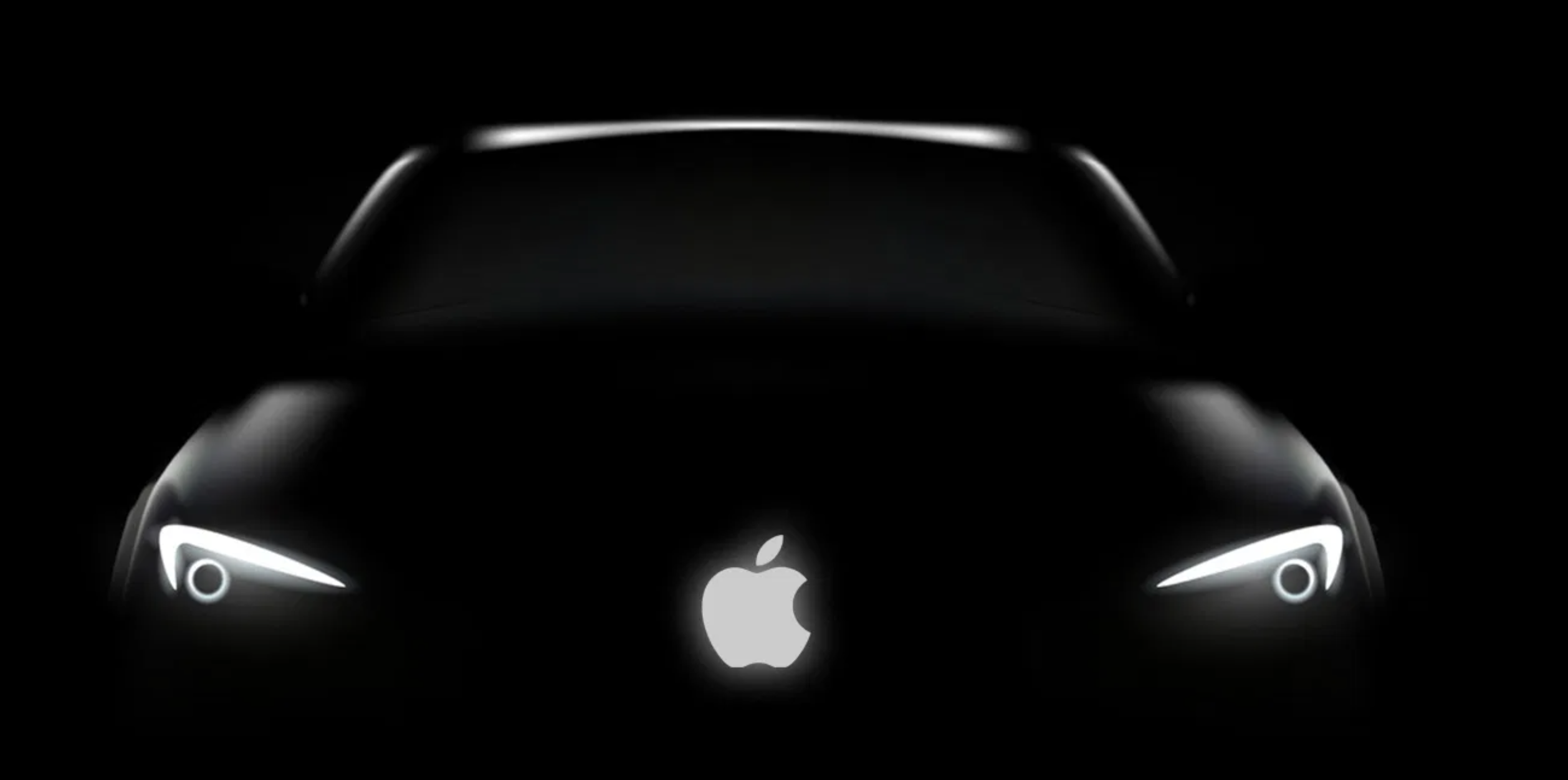In September 2021, Ford successfully poached Doug Field, the executive who led Apple’s secretive car project to become its own “chief advanced technology and embedded systems officer.”
Field was at Tesla to help launch the Model 3, and is considered one of the key figures in a new era where automobiles are increasingly turning into computers – relying nearly as much on software and the cloud as they do steering wheels and axles.
Ford is understandably excited.
CEO Jim Farley called the hire a “watershed moment for our company.” The auto industry, at varying speeds, is pivoting more to electric and autonomous driving features.
Apple is the opposite of pumped. Its Titan car project has gone through many ups and even more downs since starting in 2014.
Apple’s preliminary timelines on bringing an electric vehicle to market is always getting pushed back.
Losing Field could set a release back further. Will it be the end of Apple’s car ambitions?
It’s unlikely for now, but the car business is still manufacturing, which is incredibly hard to run on a cash flow positive basis.
Car companies that compete outside the luxury segment largely sell vehicles without margin and make money in after-sales cash flow (e.g., parts replacement, service).
Will Apple be able to build that ecosystem? Will there be enough synergies with Apple’s other business lines to make it worth it?
Electric vehicle stocks might be in a bubble, but they won’t be in one permanently when the reality of the economics catches up to the market.
The likely winners in the EV space
Established auto OEMs are likely to be the winners in the EV space.
They have established manufacturing operations and are already profitable from ICE car operations that have been established over 140 years.
GM, Ford, Toyota, VW, Honda, and others are likely to excel and continue their shift to EVs as the economics improve, which will go hand-in-hand with consumer demand.
Most consumers don’t care about the ICE vs. EV debate, but rather just want something reliable that successfully takes them from Point A to Point B.
Pure-play EV companies will continue to struggle when it comes to cash flow from operations.
There is lots of hype and promises, especially from the most promotional company (Tesla), but economic gravity is likely to catch up to those without existing cash-flow positive businesses.
Whether the iCar ever becomes a reality is purely a wait-and-see game.
Ford’s EV Battery Investment
In October 2021, Ford announced an $11.4 billion EV investment plan, centered on lithium-ion battery production.
SK Innovation (the fifth-largest EV battery-maker in the world in terms of market share) is its strategic partner and makes up around 35% ($4.3 billion) of the spending.
Why it’s important
Ford’s investment, which it says is the biggest manufacturing outlay in its history, will bolster its domestic battery-making capacity ahead of the expected surge in EV sales across this decade.
With the $11.4 billion, Ford and SK will build four factories in Tennessee and Kentucky.
Three will be focused on battery creation. Another will be focused on electric truck production. Production is expected to start in 2025.
Ford’s Tennessee factories will use closed-loop manufacturing.
The idea behind closed-loop is to repurpose battery materials.
Eventually, the goal is to reduce reliance on mining metals like cobalt and lithium, which are a messy part of the EV supply chain due to environmental and labor practices.
This is where Ford’s new partner Redwood Materials comes in, run by former Tesla CTO JB Straubel.
By the numbers
The factories are expected to produce 129 gigawatt-hours (GWh) of battery output each year.
This is enough to power 1 million electric cars. Putting this in context, the 3 million new EVs that hit the road worldwide in 2020 had 135 GWh of battery power in total.
Big picture strategy
The US is looking to reduce reliance on China’s EV battery industry as a geopolitical war heats up between the two countries. Based on Bloomberg data, China still accounts for at least 80% of materials production and battery components.
The 2021 bipartisan infrastructure bill approves $6 billion in overall funding for the US EV battery industry.
Big, big picture
How much will EVs cut carbon emissions?
EV manufacturing involves lots of emissions. And the electricity to operate the vehicles still largely revolves around coal and natural gas.
Developed markets have cut emissions.
The US has cut its per-capita emissions from 21 tons annually as of 2000 to 16 today.
Russia has cut from 17 tons in 1990 to 12 tons today.
Japan has roughly stayed flat at around 9 tons.
Europe has gone from 11 to 7-8 tons.
But emerging markets are a different story.
China has gone from 2 tons annually per capita in 1990 to 7-8 tons today.
India has gone from close to nothing in 1990 to 2-3 today.



